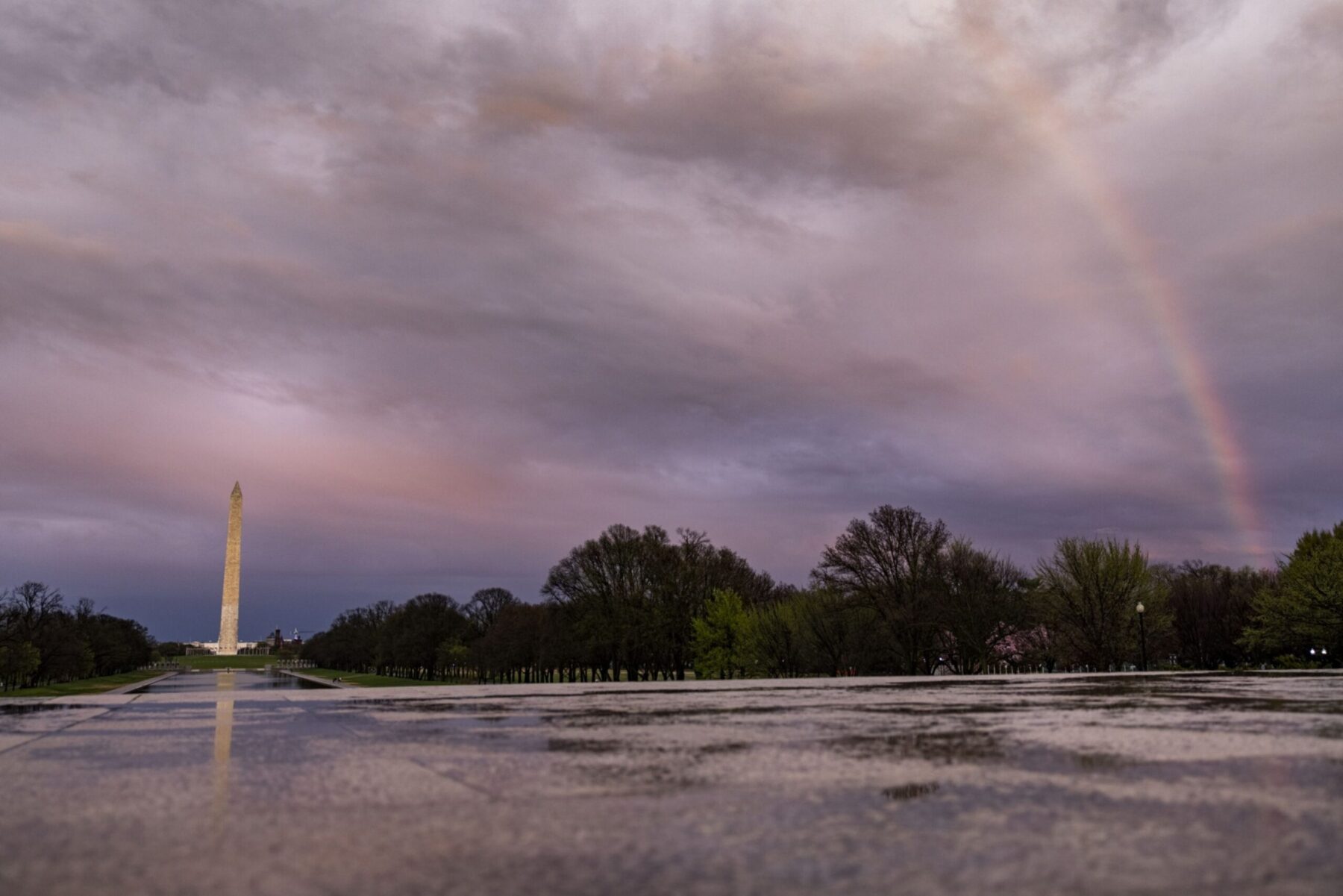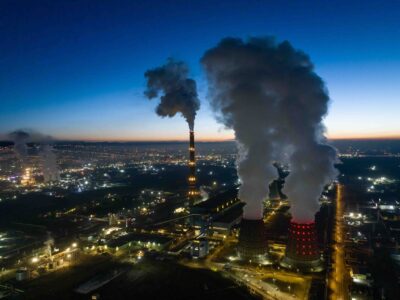(Bloomberg) —
The damage caused by climate change over this past year was at times so immense it was hard to comprehend. In Pakistan alone, extreme summer flooding killed thousands, displaced millions and caused over $40 billion in losses. Fall floods in Nigeria killed hundreds and displaced over 1 million people. Droughts in Europe, China and the US dried out once-unstoppable rivers and slowed the flows of commerce on major arteries like the Mississippi and the Rhine.
In the face of these extremes, the human response was uneven at best. Consumption of coal, the dirtiest fossil fuel, rebounded in 2022. Countries like the UK and China seemed to back away from major climate pledges. But all of this gloom came with more than a silver lining. In fact, it’s all too easy to overlook the steps toward a lower-carbon world that came about in between more attention-getting catastrophes.
As 2022 unfolded, a clear pathway of climate hope emerged. New policy breakthroughs have the potential to unlock enormous progress in the effort to slow and reverse warming temperatures. Below is a list of six encouraging developments from a very momentous year, as nation after nation elected more climate-oriented governments and enacted new efforts to curb greenhouse gas.
1. President Biden’s big win changes everything
Just when it seemed that Washington was hopelessly gridlocked, in August the Biden administration and a narrow Democratic majority in Congress managed to pass the Inflation Reduction Act. This new US law, backed by some $374 billion in climate spending, is the country’s most aggressive piece of climate legislation ever. Its provisions ensure that for decades to come billions of dollars will roll toward the energy transition, making it easier to deploy renewable energy, build out green technologies and subsidize consumer adoption of everything from electric cars to heat pumps. Experts on energy modeling predict the law will eliminate 4 billion tons of greenhouse gas emissions.
2. The EU taxes carbon dioxide at its border
The European Union started to make good on its pledge to cut emissions by 55% in 2030 (from 1990 levels). The bloc’s 27 members reached a historic deal to set up the Carbon Border Adjustment Mechanism, an emissions levy on some imports that’s meant to protect Europe’s carbon-intensive industries that are forced to comply with the region’s increasingly strict rules. Once it take effect, there will be additional costs imposed on imported goods from countries without the EU’s restrictions on planet-warming pollution.
A separate milestone from 2022 saw the biggest overhaul of the EU carbon market that will extend it to road transport, shipping and heating. This expansion of the policy will also accelerate the pace at which companies — from energy producers to steelmakers — are required to reduce pollution. The accord provided certainty to companies and investors, sending European carbon prices to a record high for the year.
3. Birds, bees and biodiversity get a big break
Just two weeks before 2022 ended, negotiators at the COP15 United Nations Biodiversity Conference in Montreal delivered a surprise win in the form of a pledge by 195 nations to protect and restore at least 30% of the Earth’s land and water by 2030. Rich nations also committed to pay an estimated $30 billion per year by 2030 to poorer nations in part through a new biodiversity fund.
4. Rich nations agree to fund loss and damage, energy transition
The biodiversity breakthrough came one month after another historic moment at a UN-backed conference. Delegates at COP27 in Egypt’s Sharm El-Sheikh reached a last-minute agreement to create a loss-and-damage fund to help developing countries impacted by climate change, a decades-long demand by nations that have contributed the least to warming of the planet.
Another form of climate funding, Just Energy Transition Partnerships, also went into wider use in 2022. The mechanism is meant to help emerging economies heavily dependent on coal move away from the most polluting fossil fuel in a way that doesn’t leave workers and communities behind. South Africa’s $8.5 billion JETP, announced in 2021, became a blueprint for these deals. Additional deals made in 2022 are set to mobilize $20 billion for Indonesia and $15.5 billion for Vietnam.
5. Changes in leaders, change in attitudes
Voters delivered big changes in leadership in several key countries. In Brazil, Luiz Inacio Lula da Silva won the presidency in part by promising to zero-out deforestation of the Amazon. Pro-climate parties also won big in Australia’s elections.
In November, meanwhile, President Joe Biden met with Chinese leader Xi Jinping and reset the relationship that had been suspended by a diplomatic standoff over Taiwan. Cooperation between the top two economies (and emitters of greenhouse gas) has been essential in cementing previous climate breakthroughs like the 2015 Paris Agreement. China’s Ministry of Foreign Affairs said it was in both nations’ interest to tackle climate change in a cooperative manner.
6. Taking methane matters more seriously
The world has been slow to understand the dangers of methane, a particularly powerful heat-trapping gas. But ever since last year’s COP26 in Glasgow, nations have been signing up to a global pledge to cut those emissions, which can come from oil and gas wells, coal seams, landfills and livestock. In the lead-up to COP27 in Egypt, for instance, new nations such as Australia joined the pledge and brought the total number of countries signed up to over 150. In the US, meanwhile, the Biden administration pushed forward stronger rules that would require energy companies to do more to stifle methane leaks.
To contact the authors of this story:
Leslie Kaufman in New York at lkaufman27@bloomberg.net
Laura Millan Lombrana in Madrid at lmillan4@bloomberg.net
© 2023 Bloomberg L.P.





